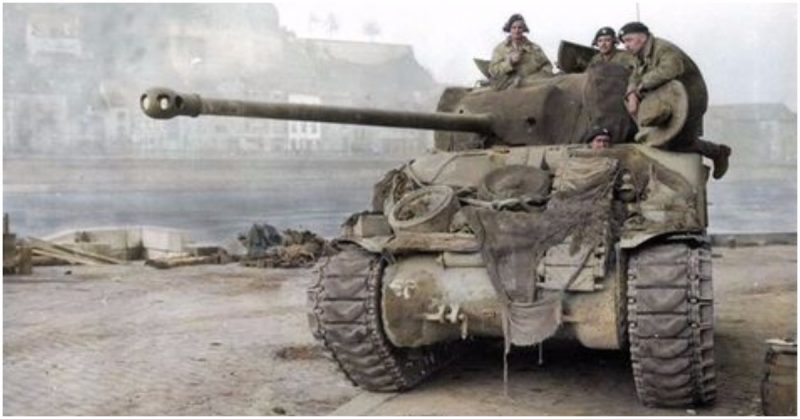A Bridge Too Far, directed by Richard Attenborough, is a war film on an epic scale. It follows the men who fought through one of the worst military blunders of World War 2: Operation Market Garden.
This is the true story behind XXX (30) Corps, during Operation Market Garden.
The Plan
Operation Market Garden was intended to be a two-day assault, with four elements. The first three were separate airborne drops, at Eindhoven, Nijmegen, and Arnhem.
These three cities contained bridges vital to Allied progress to Arnhem, from where they could swing into Germany. They also sat along a single road, in theory allowing them to be taken by an armored thrust.
This was the fourth element; XXX Corps, who would rush up the road, covering 64 miles in 48 hours.
Initially, the plan seemed simple enough to work; XXX Corps had tanks, infantry, air support, and enough engineering equipment to replace almost any bridge which might be destroyed. For the operation to succeed, however, a very strict timetable would have to be followed.
The US 101st Airborne Division, in Eindhoven, 13 miles behind enemy lines, would have to be met within the first 2-3 hours. By the next day, they had to reach Nijmegen and the US 82nd Airborne.
Then, by 48 hours, they had to be in Arnhem, with the British 1st Airborne Division.
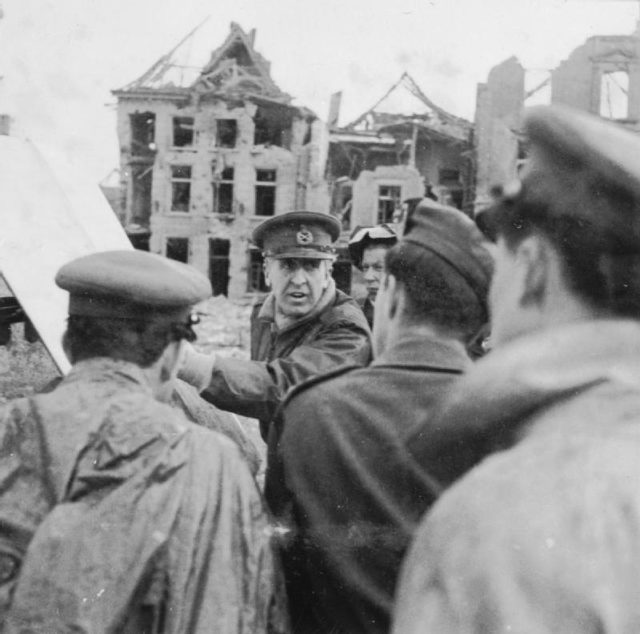
Days 1-2 Assault, delays, and blown bridges
At 14.15 on September 17, 1944, 300 guns of XXX Corps artillery opened up on the German front line. A one mile wide, five miles deep, rolling barrage, preceded the numerous vehicles.
An advance by the Irish Guards followed, rolling tanks forward to suppress any resistance and allow the rest of the column to proceed. They soon ran into problems.
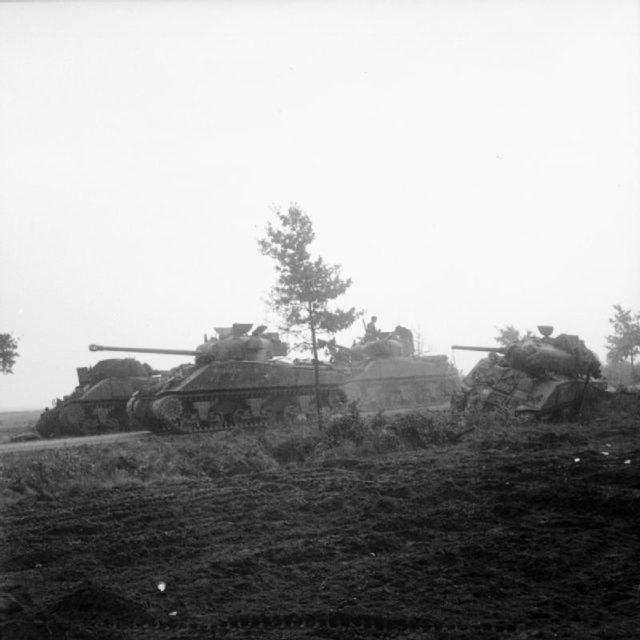
The ground was too soft for tank operations on open terrain, restricting them to the small, single lane road. They were easy targets when German infantry and anti-tank guns ambushed them, just 30 minutes into the operation.
By the end of the first day, they had advanced only 7 miles. They were already 6 miles behind schedule.
The second day saw XXX Corps advancing by 06.00. Again, they were bogged down by stiff resistance, and ever increasing traffic jams. If a vehicle was destroyed, broke down, or even lost a wheel, every vehicle behind it was held up during repairs or removal.
They did not reach the 101st in Eindhoven until late in the day, hours behind schedule. To make matters worse, the bridge over the Son, vital for advancing further, had been destroyed.
A Bailey bridge was brought forward, and construction ran throughout the night.
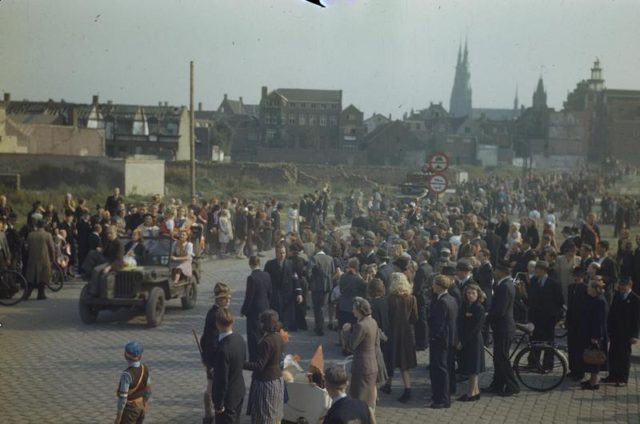
Days 3-5
By day three, XXX Corps had advanced from Son towards Nijmegen thanks to the Bailey Bridge. They were 39 miles from their final objective, and already 36 hours behind schedule.
This day XXX Corps finally achieved the speed which was envisioned in the planning, within 2 hours after leaving Son the lead elements reached the 82nd Airborne Division at Grave, around 08.20. By noon strong units from XXX Corps were on the outskirts of Nijmegen.
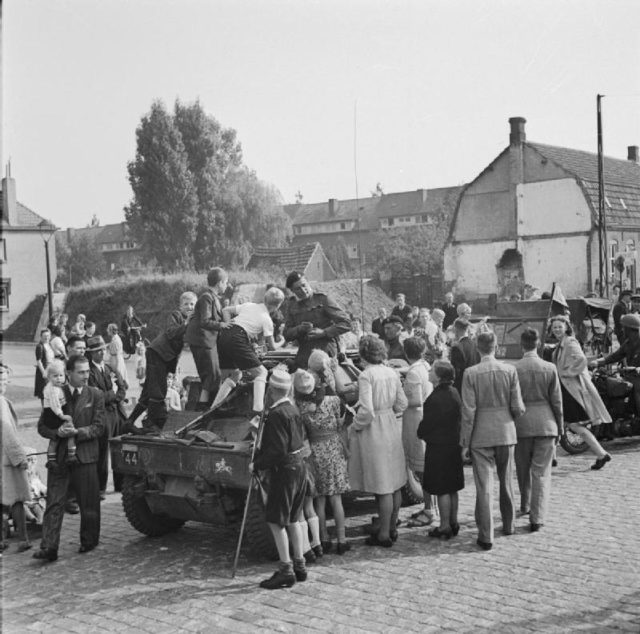
Much to their dismay, they found the 82nd Airborne had not been able to take the bridges at Nijmegen; every attempt had been beaten back by stiff resistance. A combined assault of paratrooper and ground forces was quickly planned but despite heroic efforts the bridges could not be taken that day.
Boats were needed to cross the river, and attack the bridges from both sides. XXX Corps had assault boats available, but these were far to the rear of their column.
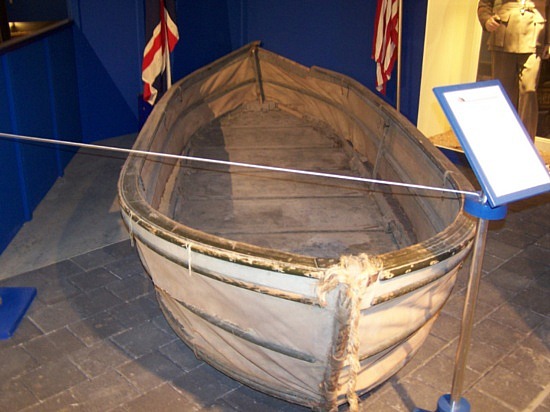
On day four the boats had finally arrived, and at 15.00 a hasty assault force went across the river. Many hours past the worst timetable estimates the Paratroopers of the 82nd and the ground forces of XXX Corps were finally able to achieve their next big objective: taking the Nijmegen bridges.
XXX Corps advanced from the south, while Paratroopers established a small bridgehead to the north. There was now but one objective left: Arnhem, only 8 miles away, but the operation was already over two days behind schedule.
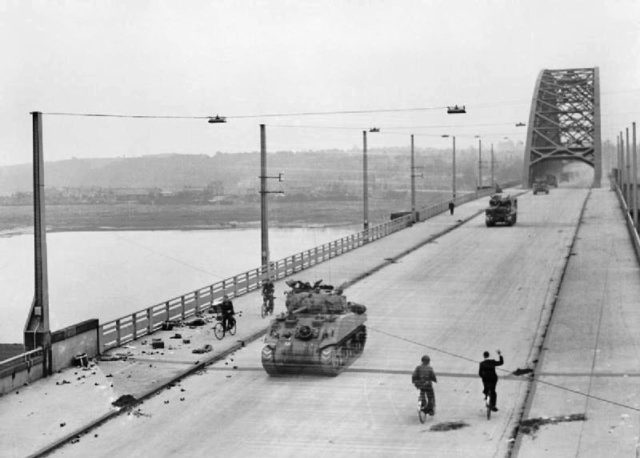
Day five was spent consolidating and preparing for the final push. Every soldier in XXX Corps knew that every second counted in this battle, but it was pointless to make a push if they could not continue the thrust all the way.
Gliders and parachutes provided supplies for the Paratroopers, and British armor and the American Airborne held off continued German counter-attacks which succeeded on more than one occasion in cutting the road and stopping all traffic. Strong units from XXX Corps, needed for the assault on Arnhem, were send back to Veghel to help reopen the road which had been dubbed “Hells Highway”.
Days 6-9 The Final push, and retreat
By day six, XXX Corps had linked up with the Polish Airborne Brigade which had landed on the South bank of the Rhine River, opposite the British Airbornes now trapped in Oosterbeek.
XXX Corp’s supply lines were continually harassed by German counter-attacks along the long road leading back over 60 miles. Soldiers
Day seven began with most of XXX Corps watching the 1st Airborne, trapped in Oosterbeek, just outside Arnhem, inch ever closer to annihilation. By day eight a rescue was attempted.
Men of the Dorsetshire Regiment crossed the Rhine in small boats, but misjudged their destination, arriving at a German position. Of the 315 troops who went, only 75 made it to the 1st Airborne Division, the rest being killed or captured.
Day nine and hope for taking the bridge at Arnhem had been abandoned. There were still over 2,000 men of the 1st Airborne Division in Oosterbeek, and they needed to be evacuated. Using boats replaced after taking Nijmegen, they were finally able to pull most of the embattled British Paratroopers out from certain destruction but a lot of wounded soldiers had to be left behind.
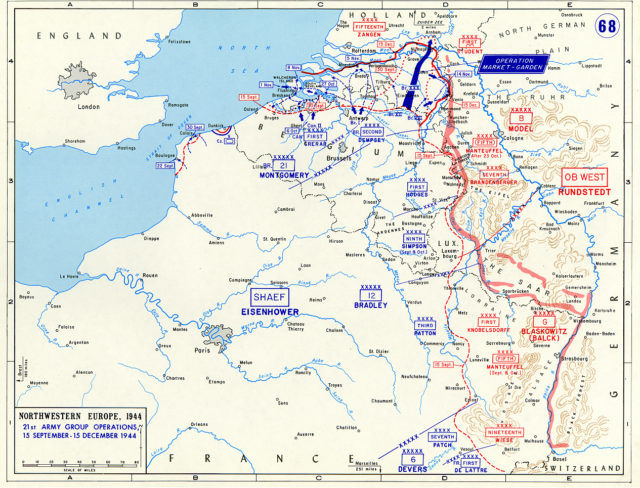
For XXX Corps, Operation Market Garden almost proved to be a reluctant success. They surmounted every possible obstacle in their attempt to reach to Arnhem but arrived too late to save the operation.
The men fought tooth and nail for their achievements, but they were too little, too late.
